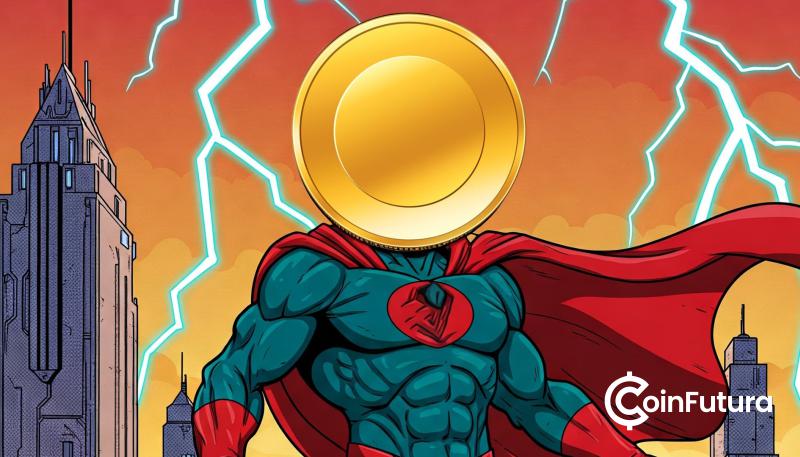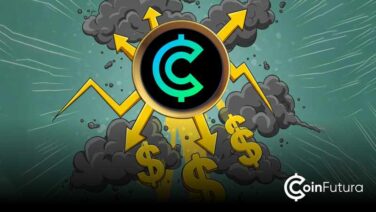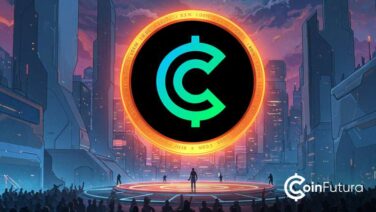- Grayscale files to list a Solana ETF on NYSE Arca, holding $134.2M in SOL.
- The trust uses CME-linked pricing and holds 0.1% of Solana’s total supply.
- Custody includes offline vault storage with strict asset protection protocols.
Grayscale filed an S-1 to list its Solana ETF on NYSE Arca, aiming to offer regulated exposure for SOL. SEC review and market metrics drive investor focus amid a major token unlock and a 16 percent weekly dip.
ETF Filing and Market Metrics
According to a post by Crypto Potato, Grayscale registered an S-1 filing for a Solana ETF with clear market objectives. The filing follows Grayscale’s December rule change application and outlines plans to convert its trust into an ETF. Crypto Potato reported key data points, including a $200M token unlock and a notable weekly price dip.
The document states the trust holds SOL exclusively and manages roughly $134.2 million in assets. It records that the trust represents 0.1 percent of all SOL in circulation with significant daily trading volume. Over 250,000 American accounts hold shares trading under the ticker GSOL on the OTC market.
Market data shows that the ETF filing mirrors established practices seen in commodity ETPs worldwide. The filing emphasizes regulated price discovery using indices and futures data from markets like CME. Trading volumes and liquidity measures reflect robust investor participation despite recent downturns.
Operational Framework and Regulatory Compliance
The trust calculates its net asset value each day at 4:00 p.m. New York time using the CoinDesk Solana Price Index. It adjusts the NAV for accrued fees, expenses, and a sponsor fee near 2.5 percent per year. Operational details include a creation and redemption process via authorized participants using basket creation methods.
Custody protocols require qualified custodians to secure SOL with encrypted key generation ceremonies conducted offline. Private keys are split into encrypted shards and stored in secure vaults across different locations. The document outlines strict procedures that follow best practices for asset protection and risk control.
Regulatory compliance remains central as the filing adheres to SEC requirements for digital asset ETFs. The rule change integrates surveillance-sharing agreements and uses trading data from Coinbase, Kraken, and LMAX Digital. This framework mirrors commodity ETP practices, ensuring a secure and transparent product for traditional investors.










